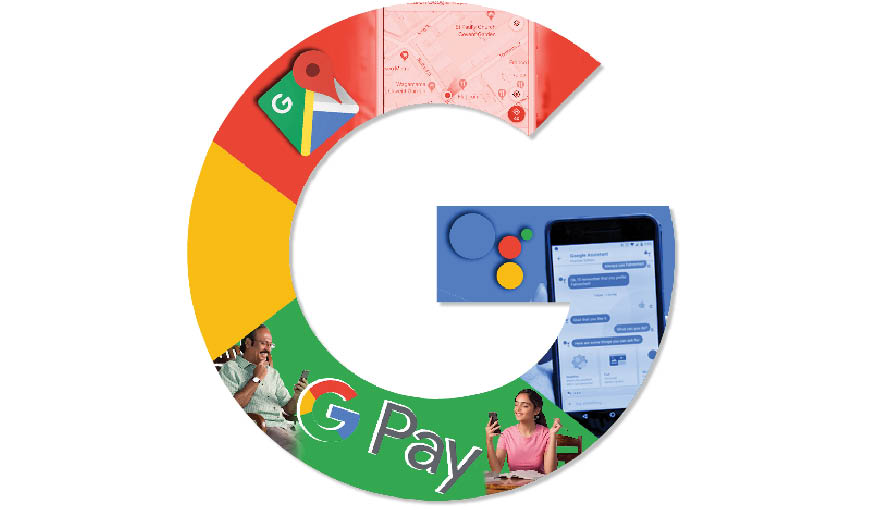The fourth edition of “Google for India” event was hosted in Delhi earlier this week. The brand boasts an expanding user base in India, much of which extends to the rural parts of the country. So it makes sense for Google to refocus its business strategy, and reorient its products and services for the benefit of users who live byond
urban India.
With its recent spate of updates, Google has clearly paid more attention to regional languages, opening up its online services to Marathi, Tamil, Malayalam and Bengali among other Indian
languages.
The company also has plans, as was announced at the Delhi event, to venture into Internet services in India. Google Station, a service that provides Wi-Fi hotspots in public places, will now be partnering with Andhra Pradesh State FiberNet to cover over 12,000 villages, towns and cities in the state, potentially reaching more than 10 million people.
With the help of some smartphone players—like Micromax, Lava, Nokia and Transsion—Google is also set to launch Android’s “Go” edition soon. Meaning, users who will be updating their OS will now be getting the Go edition, but in selective smartphones only. Samsung’s Galaxy J2 Core, scheduled to be launched early next month, will be the first ever Android Go device. Google also introduced its “readable feature” for Google Search, which is now available in se veral vernacular Indian languages. Soon enough, Marathi will be the first such language to be available on Google Assistant.
Besides, Google Map is now getting a fresh update, with new routes and village maps being made part of the database. With the help of redBus, India’s inter-city bus ticketing service, Google Maps would be adding more than 20,000 inter-city bus routes in 1,500 cities to its database to make long-distance road travel more viable.
Another highlight of the event was the introduction of a new project called, Navlekhā. This project aims to encourage publishers and writers from different Indian languages to bring their content online and get paid for it. According to Rajan Anandan, vice president, Google India, “This project comprises a tool that uses AI to render any PDF containing Indian language content into editable text, making it easy for print publishers to create mobile-friendly web content. It also provides Indian language publishers with free web hosting with AdSense support, so they can immediately start monetising their content. Publishers will also receive training and support, and a branded page domain for the first three years. Navlekhā has already started onboarding publishers from Delhi, and we aim to welcome many more from other regions in September.”
Aside from publishing, Google is carving a space for itself in India’s online payments sector.
Tez is the name of mobile payment service that was launched last year by Google. It was mainly designed to target India-specific transactions. According to the company, the service saw over 22 million subscribers and businesses in one year, and over 750 million transactions were carried out on Tez.
To take this a step ahead, Google Tez will now allow users to make transactions globally. This service will now be called Google Pay. With this, people will be able to make payments from any part of the country to any part of the world with just one click and without any hassle.
Anandan adds, “In the coming weeks, we’ll be making Google Pay even more useful by increasing the number of places you can use it in, expanding services for merchants, and working with banks to provide instant loans to Google Pay users.”

